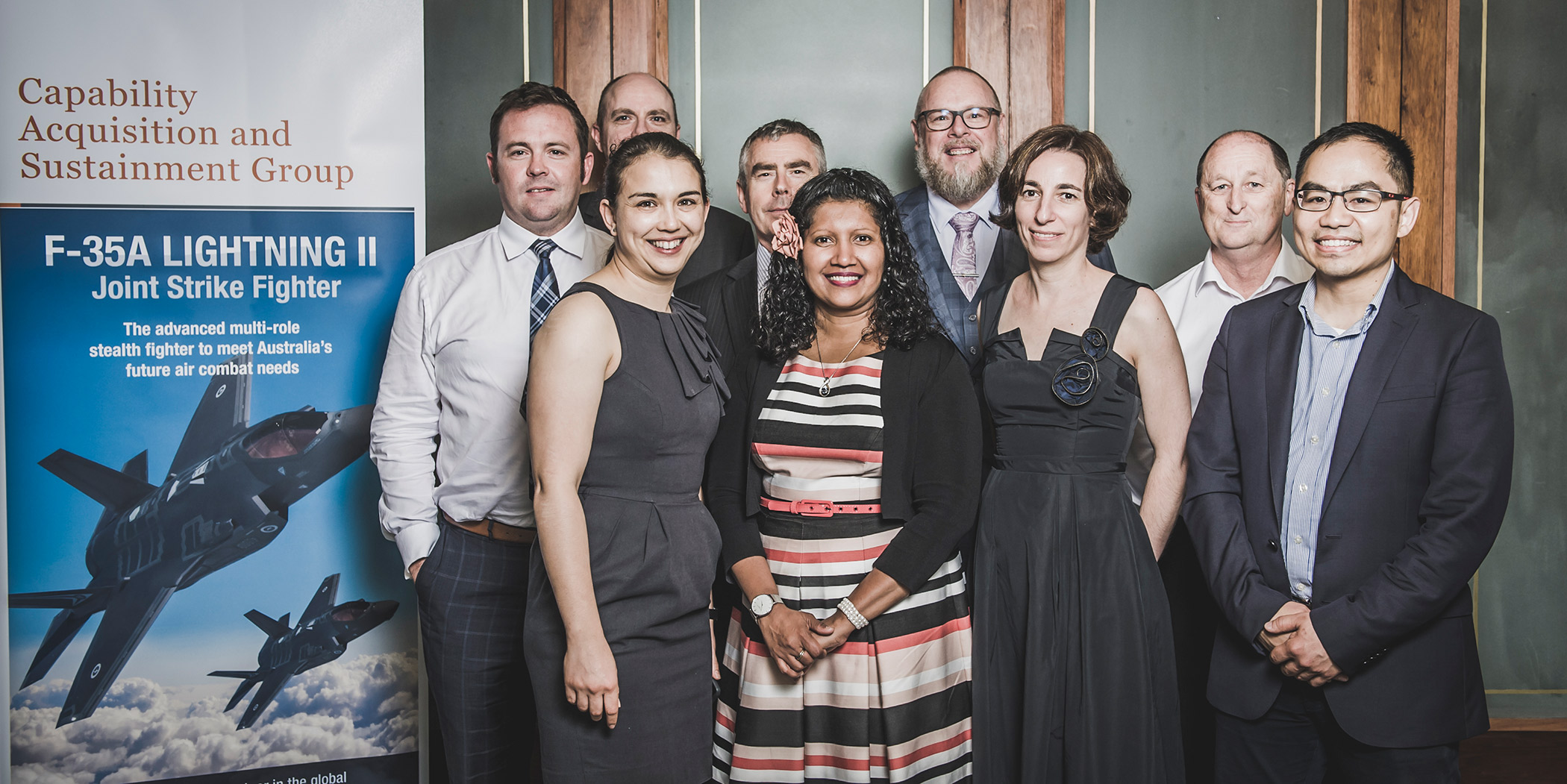
The RAAF is currently undergoing the largest capability update in 30 years with the acquisition of a new air combat capability, as well as maritime surveillance, heavy air lift and other ground-based systems. The AIR6000 program is tasked with the acquisition of the new air combat capability with the Joint Strike Fighter (F-35A) being the platform selected.
JL2 has been working with the CASG JSF Division and the RAAF for the last 5 years to develop an Enterprise Architecture Model in preparation for the operation of the F-35A within the ADF. The Joint Strike Fighter Enterprise Architecture Model (JSF EAM) seeks to determine the RAAFs ‘as is’ state for operation of its legacy platforms (FA/18 Classic Hornet) and the future ‘to be’ state operational requirements for the F-35A. The training, sustainment, maintenance and mission planning environments of the F-35A are next generation in concept, and as such represents a significant departure from existing RAAF governance, practices, polices, trades and personnel, together with very different support and mission systems.
JL2 has adapted its Enterprise Governance and Architecture Framework (JL2 EGAF) to capture and represent the air combat operations at a capability level devolving down through the operational contexts to the governance, policy, infrastructure, system and process levels, with the ability to then generate specific Standing Instruction and Operational Procedures.
The JSF EAM captures policy, regulation, requirements, capability and operational data, linked to airworthiness, security, training, skilling, personnel and geographical and fuses this into a single repository to drive capability, operational and acquisition decision making as well as acting as a repository for configuration management of the people, process, technology and policy required to deliver air combat capability to the ADF.
Pictured: Figure 1: JL2 EAM Team attending early stakeholder working groups ay RAAF Base Williamtown

